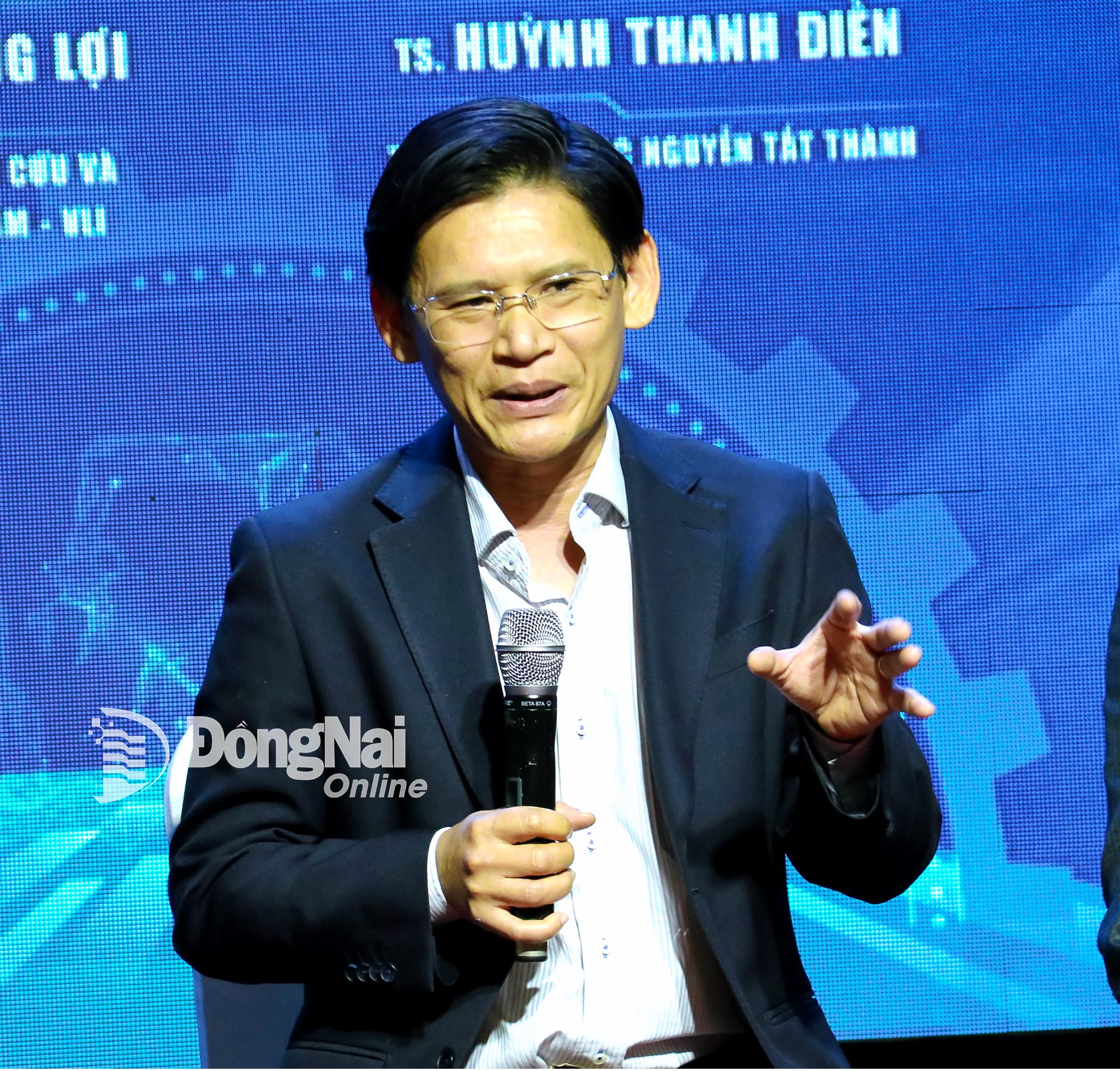 |
| Dr. Huynh Thanh Dien, lecturer at Nguyen Tat Thanh University ( Ho Chi Minh City). |
According to Dr. Huynh Thanh Dien (lecturer at Nguyen Tat Thanh University (Ho Chi Minh City), expert on management, corporate restructuring and policy consulting), the Southeast region, including Dong Nai , is a major industrial center; to be self-reliant and integrated, it is necessary to restructure production sectors, strengthen connectivity to improve the competitiveness of the supporting industry.
Supporting industries have great opportunities for linkage
🔴 Overall, what is your opinion on Vietnam's current supporting industry?
- In the last 10 years, Vietnam has started to have a trade surplus. Because of the trade surplus, we have to import raw materials for production, which is an affirmation that industry is developing.
Vietnam is fully capable of building large, powerful corporations of international stature. However, there needs to be a clear orientation towards the industry. We cannot focus on low-level industries as before, but must aim at industries with high added value and great export potential.
Dr. Huynh Thanh Dien
The industries that Vietnam exports are: computers, components, phones, textiles, leather shoes. The export numbers of these industries are high, the import numbers are also high, such as: electronics, components, export - import are almost the same, only textiles, leather shoes, wood have less import than export. All components and accessories in production are mostly imported. This means that these industries attract foreign investment capital, but in fact, they also come here to import goods for production and export. Objectively, Vietnam's import - export is heavily dependent on foreign-invested enterprises. They choose Vietnam because of its infrastructure, low labor costs and preferential policies, as well as our country's deep integration, products made in Vietnam can be exported all over the world .
In fact, some large foreign-invested corporations and enterprises cannot “take root” because they do not have supporting industries. This is an existence at the national, regional and local levels in industrial development. But for Vietnamese enterprises that are entering the production of supporting industrial products, this is a great opportunity.
🔴 What exactly is that opportunity, sir?
- When a business produces a product, the first thing it cares about is the consumer. Attracting more and more partners and large corporations to produce in Vietnam is an available source of customers for our businesses to exploit. With foreign corporations, they come here to produce but have to import components and raw materials, so if domestic businesses can produce, it will be very good and the opportunity to cooperate with them will be wide open.
🔴 Vietnam is striving to build “leading” enterprises capable of leading key industries and international integration. What is your opinion on this?
- In fact, Vietnam has seen the emergence of large corporations such as Vinamilk, Thaco, VinFast... and there is a huge opportunity to continue to have more corporations in strong industries.
The point here is that an effective mechanism is needed to make that happen. There are many large private enterprises that are not listed on the stock exchange and are little known. Facilitating their access to the capital market will help them grow and contribute more to the economy.
When corporations grow strong, they will create a strong ripple effect for the economy. In each field, many startup ideas will be sponsored and realized by these corporations. Instead of letting startups "swim on their own", corporations with qualifications and experience will help them build a systematic strategy and mobilize capital effectively. That is also the way to build an industrial ecosystem and support services effectively and autonomously.
Industrial production planning for effective regional linkage
🔴 Returning to the story of regional connectivity in general development and industry, including supporting industry in the Southeast, what is your opinion?
- The Southeast region now has 3 provinces and cities after the merger: Ho Chi Minh City, Dong Nai and Tay Ninh, which makes the connection between localities more convenient than before. Supporting industry is not only limited to the city, but must be said in the Southeast region, the whole country, even the whole region.
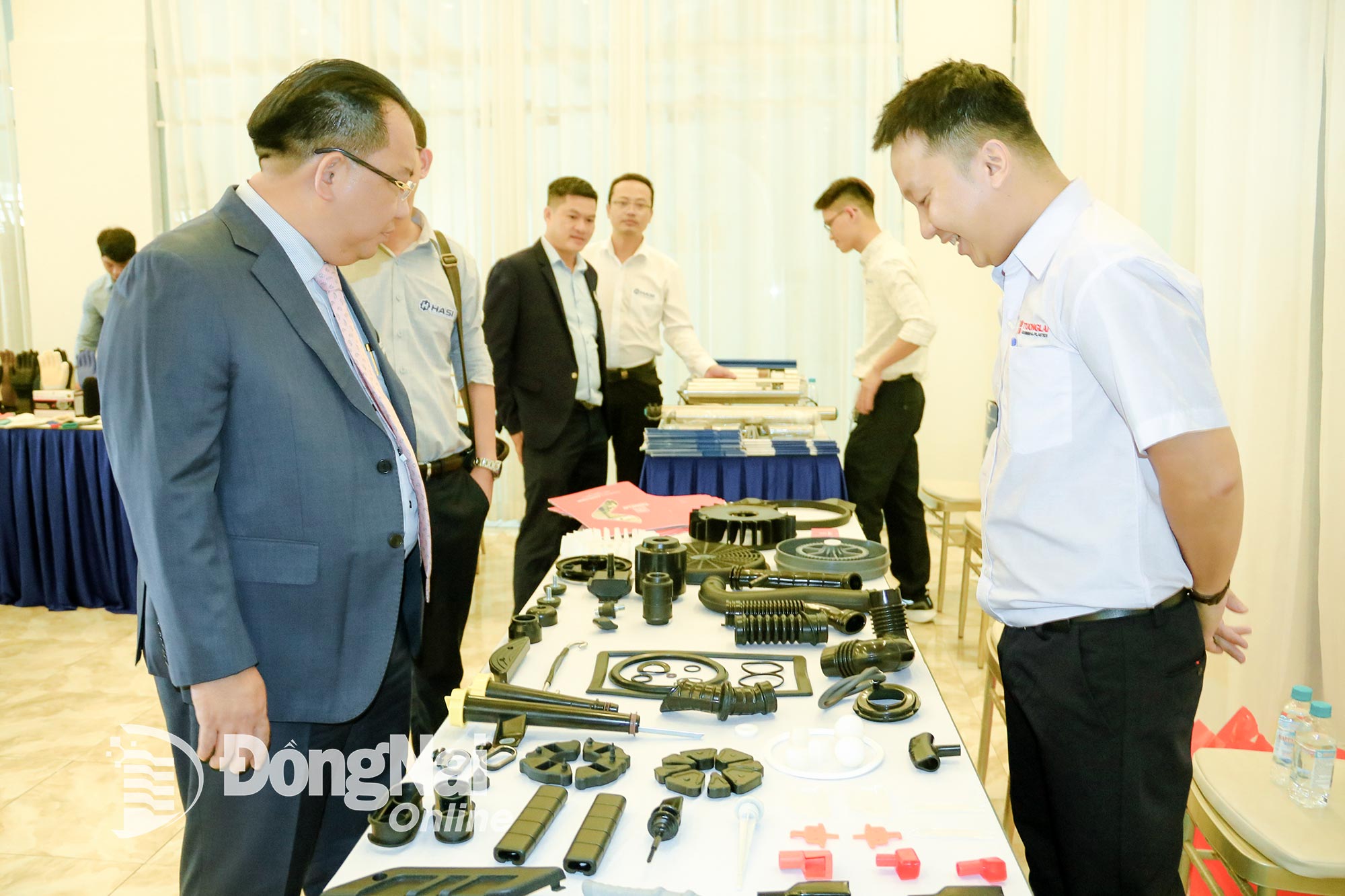 |
| Supporting industry enterprises of Ho Chi Minh City and Dong Nai visit each other's products. |
The Southeast region’s industry has been developing for a long time, which has led to current disadvantages when many investment projects have been in operation for more than 20 years and are no longer suitable for the development trend. Although the owners of these projects have “poured” more capital, it is only to replace and supplement the old production line and traditional business processes, so it is difficult to achieve breakthrough growth.
These things need to be changed, rearranged, and readjusted to have reasonable planning, exploit the potential of each locality, and connect in a unified whole.
🔴 What is needed now, sir?
- Previously, Binh Duong and Dong Nai regions had advantages in industry, while Ho Chi Minh City had a large consumer market, finance and high technology; Ba Ria - Vung Tau had advantages in seaports; Tay Ninh, Long An, Binh Phuoc developed light industry, processing industry... Currently, after the merger, we need to plan for the development of industrial linkages in the region. The center of Ho Chi Minh City is high technology and research; Dong Nai, Tay Ninh and the industrial centers of Binh Duong (old) develop production, creating an ecosystem from research, manufacturing to export. The distribution of industries must be recalculated to have reasonable solutions based on the strengths of each region in the overall common linkage.
🔴 According to the doctor, after the merger, what aspects should Dong Nai pay attention to?
- After merging Dong Nai province (old) with Binh Phuoc province (old), Dong Nai province has just entered a development phase with a larger scale and long-term vision. The province needs to proactively take advantage of the opportunity to comprehensively rebuild the investment ecosystem, from reviewing and adjusting industrial planning, simplifying licensing procedures, perfecting the legal corridor, to redesigning focused incentive policies.
By doing this, the new Dong Nai will have the opportunity to form a strategic industrial growth pole, effectively connecting with the Southeast region in the South and the Central Highlands in the North.
🔴 Thank you!
Vuong The (performed)
Source: https://baodongnai.com.vn/kinh-te/202508/tien-si-huynh-thanh-dien-giang-vien-truong-dai-hoc-nguyen-tat-thanh-ket-noi-de-phat-trien-cong-nghiep-ho-tro-2d80560/




![[Photo] Closing ceremony of the 18th Congress of Hanoi Party Committee](https://vphoto.vietnam.vn/thumb/1200x675/vietnam/resource/IMAGE/2025/10/17/1760704850107_ndo_br_1-jpg.webp)



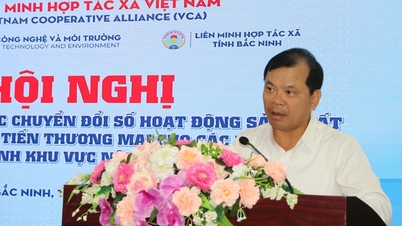

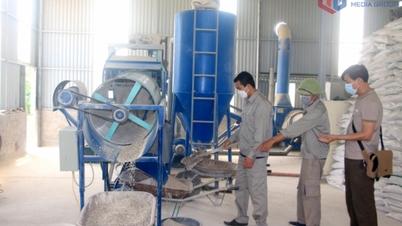

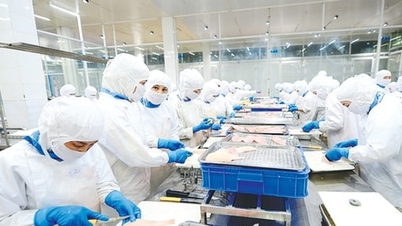



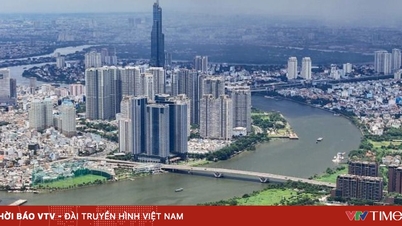



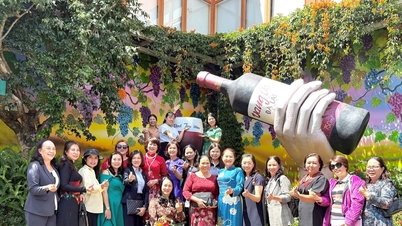


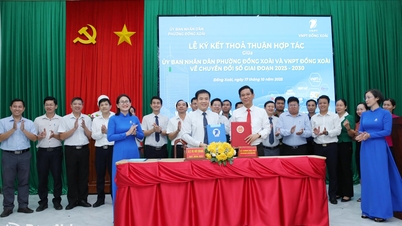
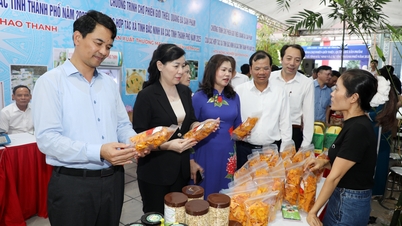
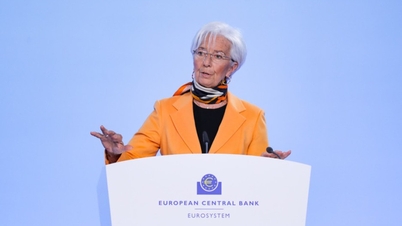

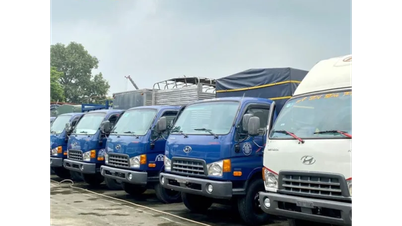





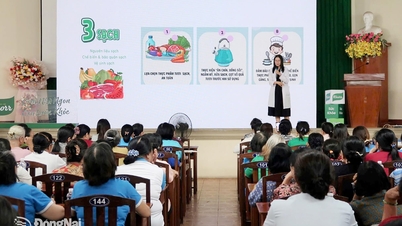


![[Photo] Secret Garden first press meeting in Vietnam](https://vphoto.vietnam.vn/thumb/402x226/vietnam/resource/IMAGE/2025/10/17/1760691950948_image_20251017142452.jpeg)



![[Photo] Nhan Dan Newspaper launches “Fatherland in the Heart: The Concert Film”](https://vphoto.vietnam.vn/thumb/1200x675/vietnam/resource/IMAGE/2025/10/16/1760622132545_thiet-ke-chua-co-ten-36-png.webp)






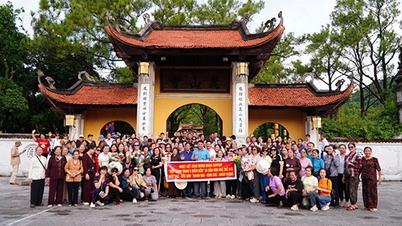








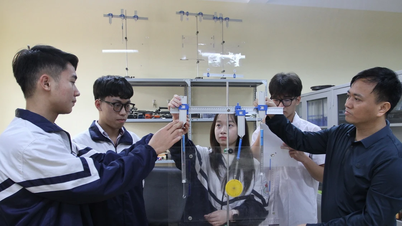

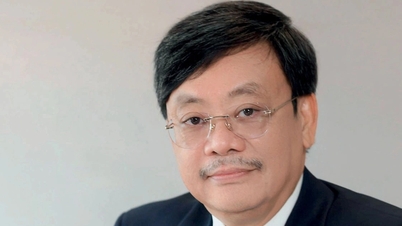









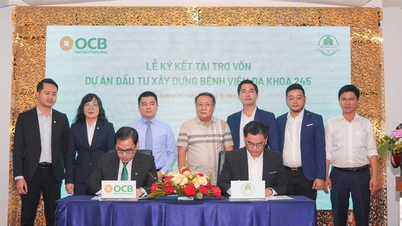



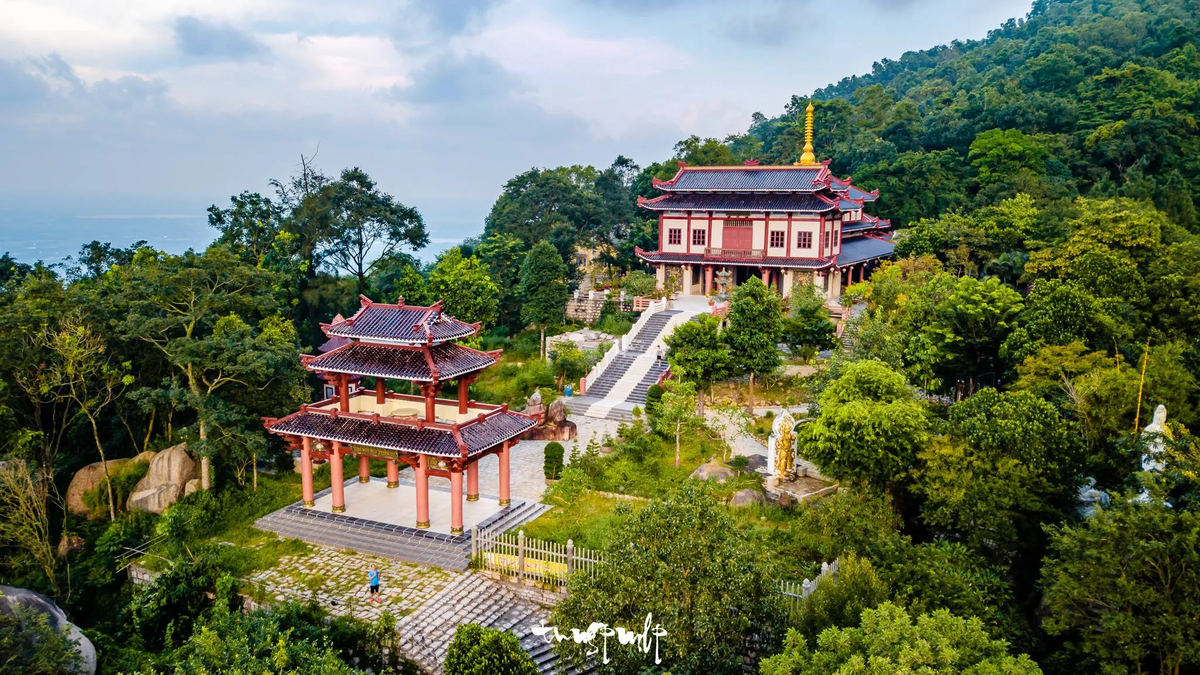










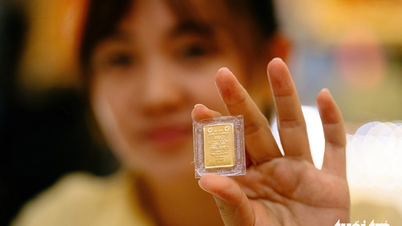


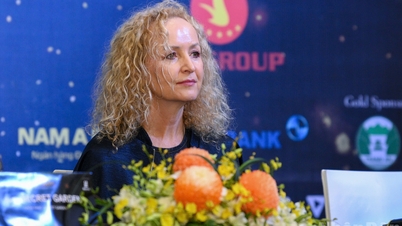
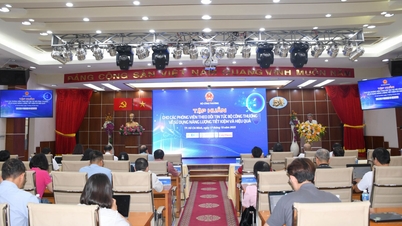

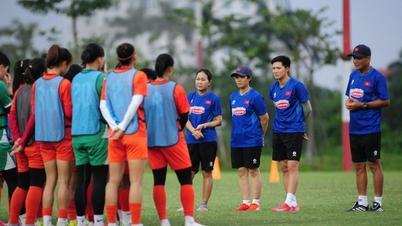

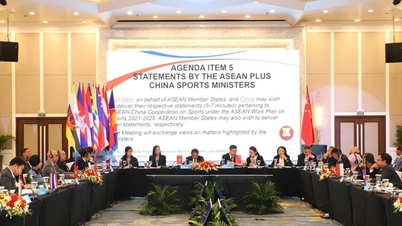
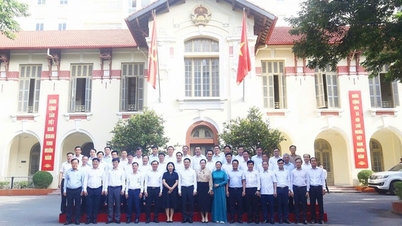




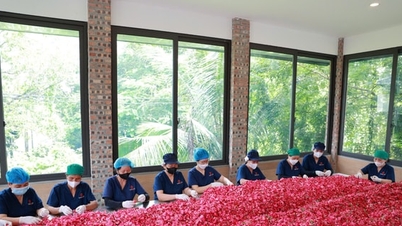
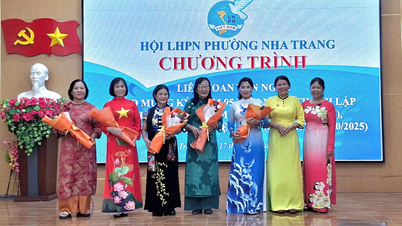




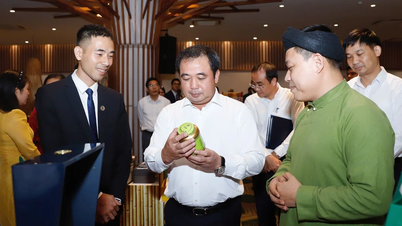
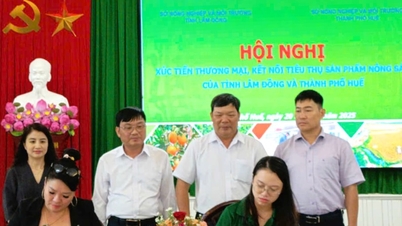







Comment (0)